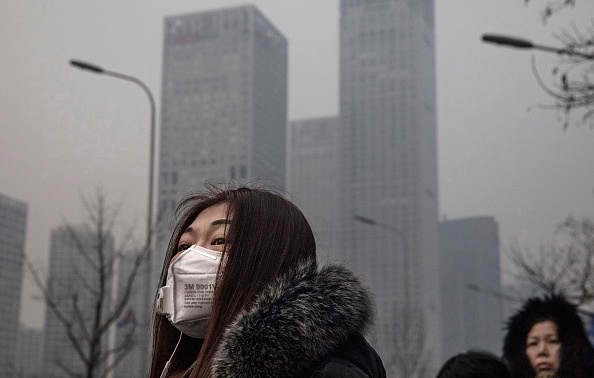As China's smog problem remains unresolved, the issue has become a catalyst in sparking activism among its citizens. With the growing discontent among the people, it looks like air pollution is not the only problem that the Xi government is afraid of.
While smog may be common during the winter season, China's problem is worsening. During the early days of the new year, the government issued the first ever red alert for "severe fog" as various parts of China were covered in a thick layer of gray haze.
Yesterday, the government released a memo that ordered meteorological offices to remove the early warning alert system because of disagreements between the Chinese environmental protection ministry and local weather authority forecasts.
However, citizens have viewed the memo as an attempt to cover up the real situation of the country's smog problem.
The worsening situation has sparked discontent in its citizens. Not only are they making their opinions heard on the internet, they are now taking it to the streets and other public spaces.
Just recently, a collective of artists in Chengdu put smog-filtering cotton masks over the faces of statues representing ordinary urbanites.
This creative protest triggered a big response from the government as riot police moved in to prevent anti-pollution activities in the city. Protesters were arrested while a man was detained for spreading rumors.
In the past, protests were allowed, even lauded. But under the Xi government, protests were met with repression.
Instead of actively engaging its citizens to come together and fight against the smog problem collectively, the Chinese head of state is "betting on the risky strategy of restricting even the smallest-scale actions," which is ironic since China has recently announced its desire of leading the fight against global climate change.
If the government does not do anything to effectively solve the smog problem, discontent will continue to grow and these protests will inevitably spread nationwide.



























